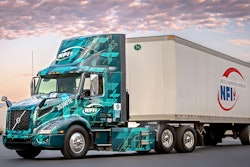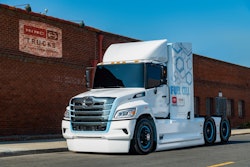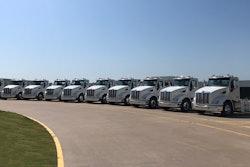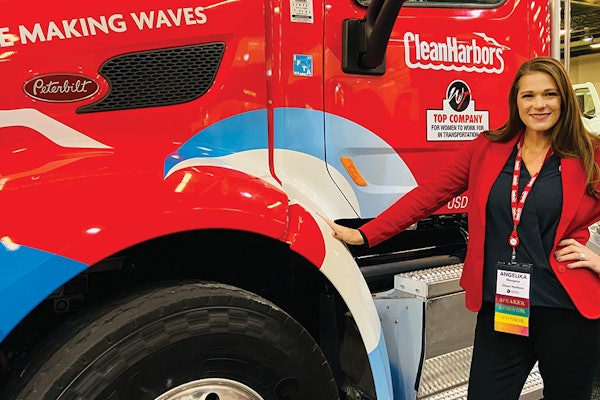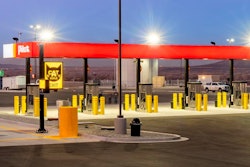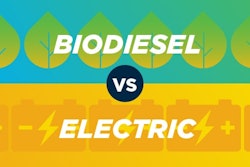Headlines and soundbites sometimes are all we seem to have time for as we drown in the daily flood of information.
In-depth analysis takes time to absorb. Details can get lost. The story behind the headline is usually more complex and nuanced and so we miss it.
Advocates with vested interests tend to downplay or completely ignore mention of any negatives to the technology. Critics tend to overemphasize the failings. I often explain that there are no free rides when it comes to powering freight trucks. Every decision on a new technology has tradeoffs and ramifications. There are ramifications to doing nothing as well.
I attended a pre-COVID event in Oakland, California, in 2019 where two large fleets were assailed by a few audience members for their decision to invest in natural gas vehicles as the next step towards reducing emissions. The audience suggested these fleets were intentionally dragging their feet on moving to zero- emission electric vehicles and putting all our futures in danger. These two fleets had actually come to the event to show how seriously they were taking global warming and were proud of what they were doing to make improvements. The fleets and the audience both have the same goal, just a different understanding of how to get there.
I had a seasoned engineering manager who was fond of saying, “Logic and reason don’t always apply.” It was 2019, the number of battery electric Class 8 tractors in production at that time was close to zero and expected to be near zero for a few more years. The number of fuel cell Class 8 tractors was zero. Here we are in 2021 and the needle on production has just now started to move. Production volumes may be in the low thousands by 2025, possibly the tens of thousands by 2030.
You see it’s not just the ability to make the truck in volume, but it’s also the ability of the market to buy the truck in volume. A really good year for Class 8 vehicles is 300,000 units. It’s not only that making that many strains the supply chain, plants, staffing and raw materials, it’s also important to consider how many the market can absorb each year. Fleets don’t buy more because they don’t need to and because they are not funded to. NACFE has estimated that if every Class 8 vehicle produced today was magically a ZEV, it would still take 15 to 20 years to migrate them into 100% replacement of the existing vehicles.
That brings me back to the 2019 event in Oakland and those two fleet executives being assailed for buying CNG vehicles to replace their diesels.

